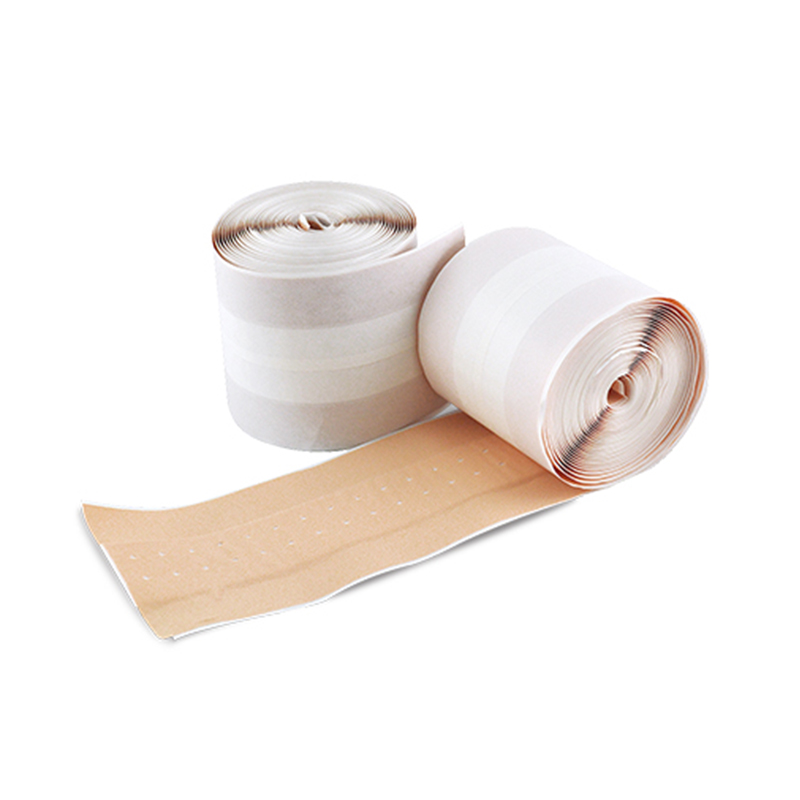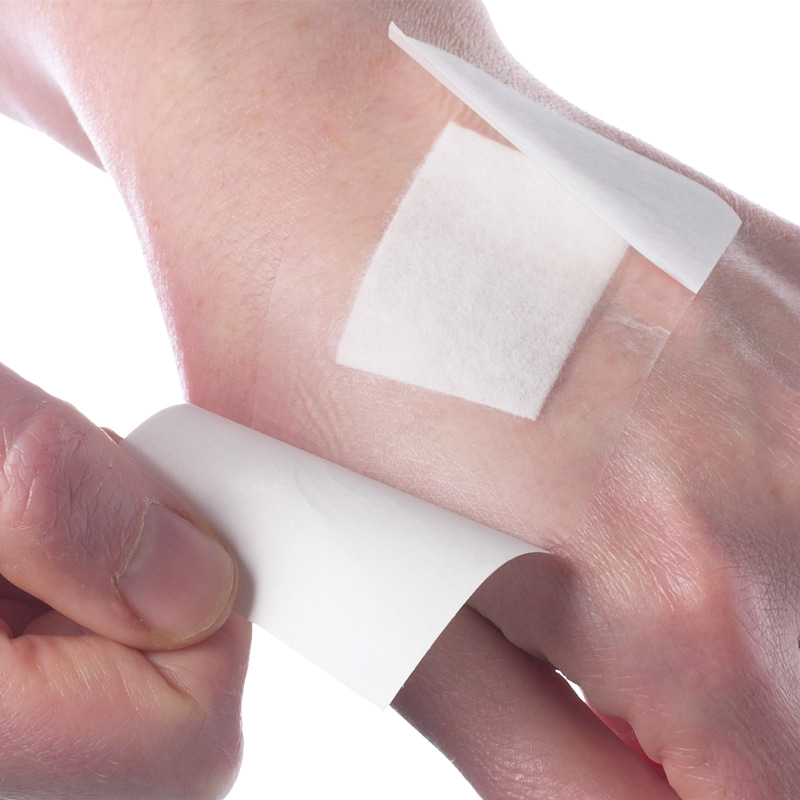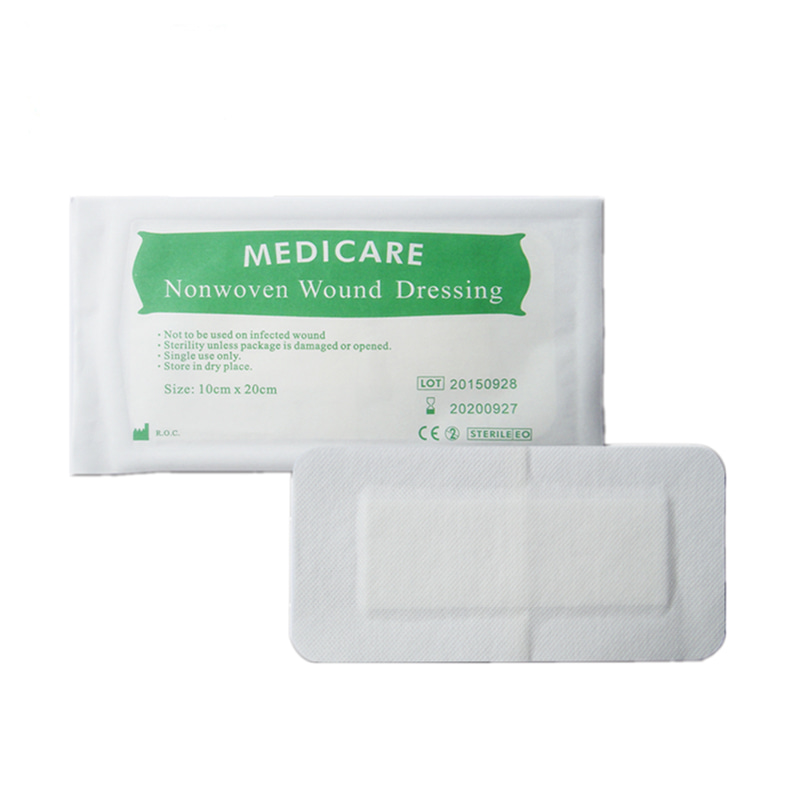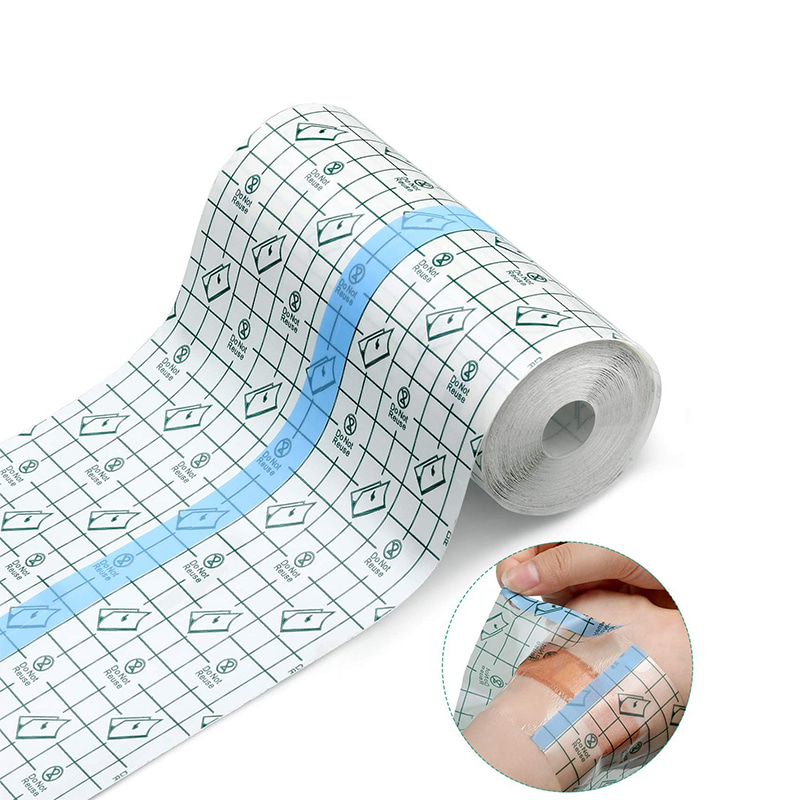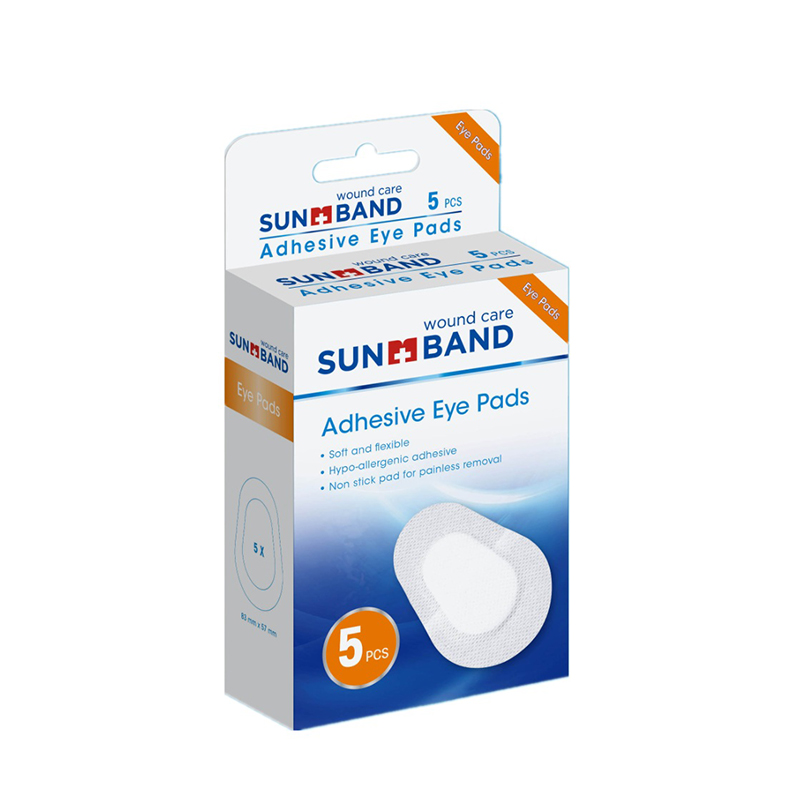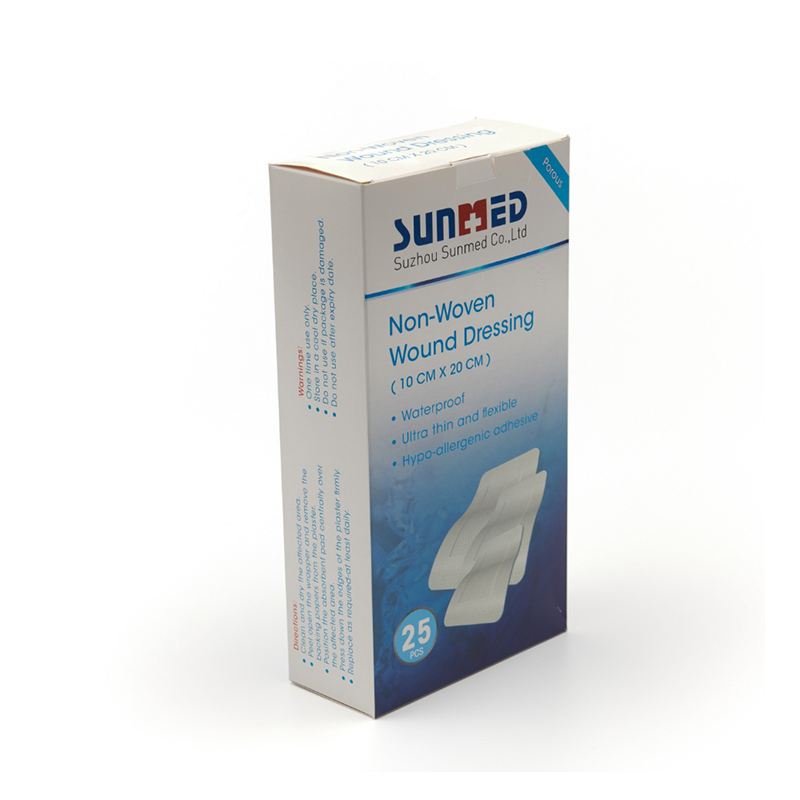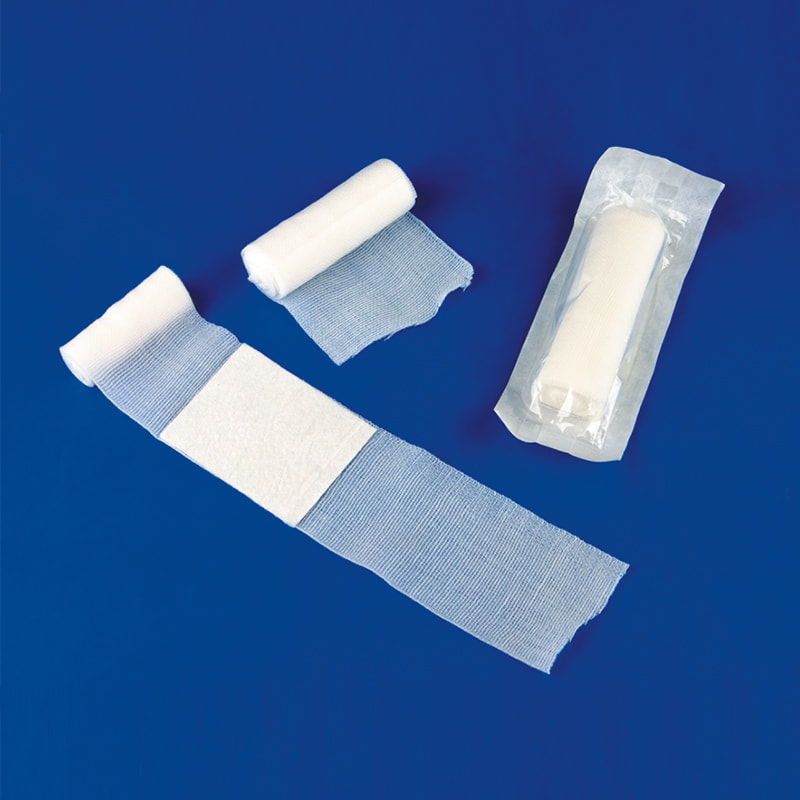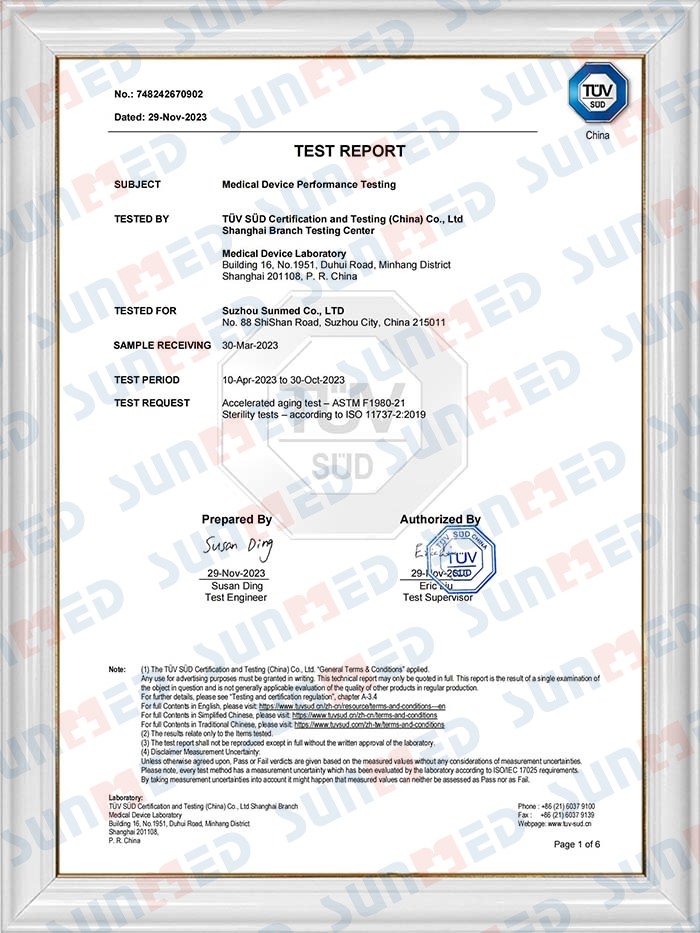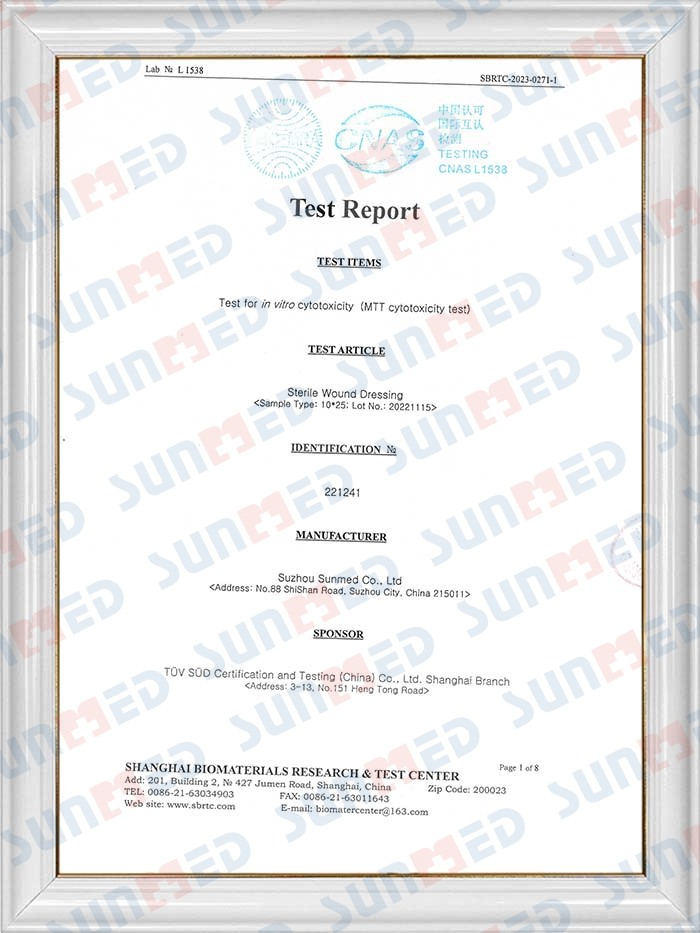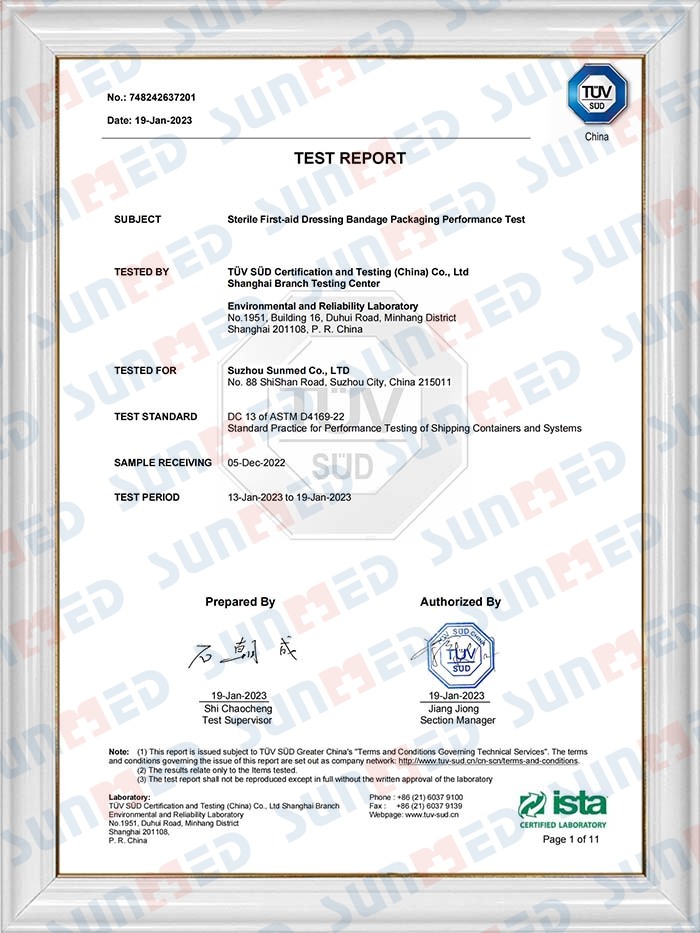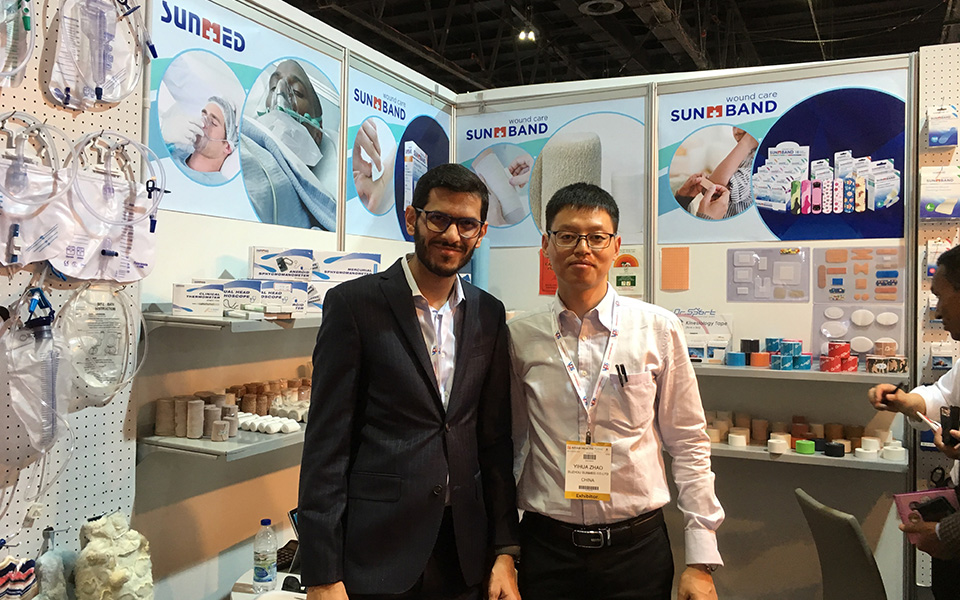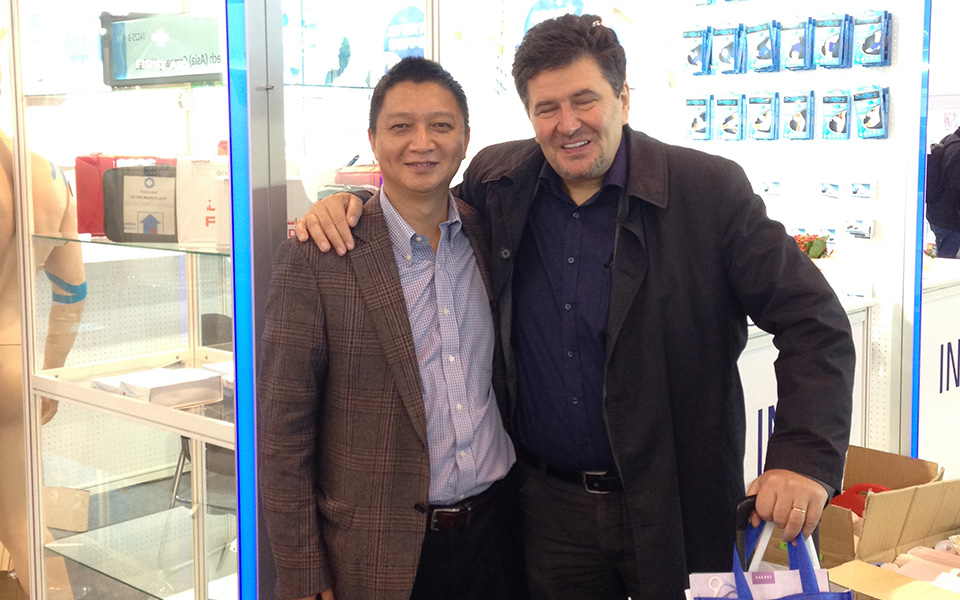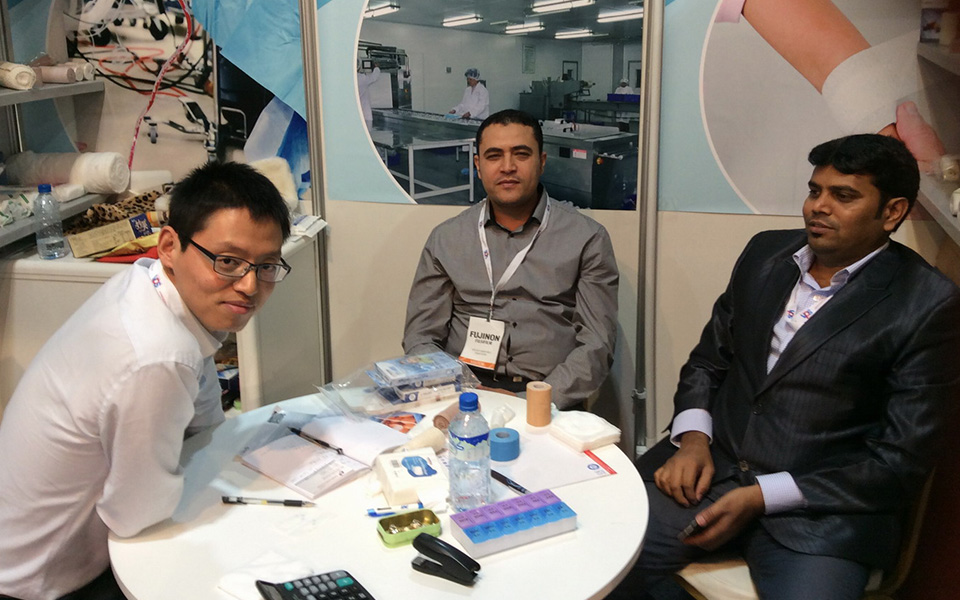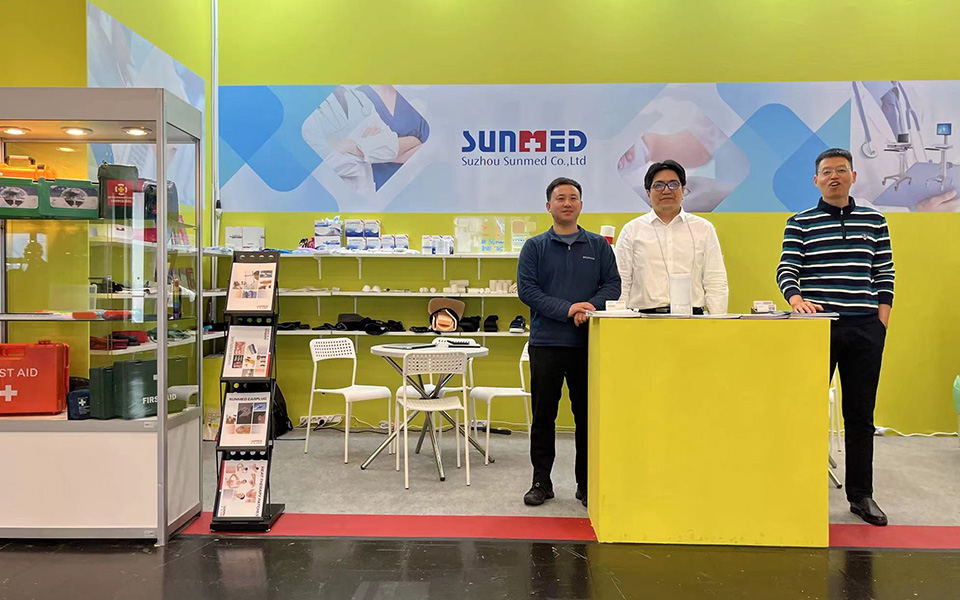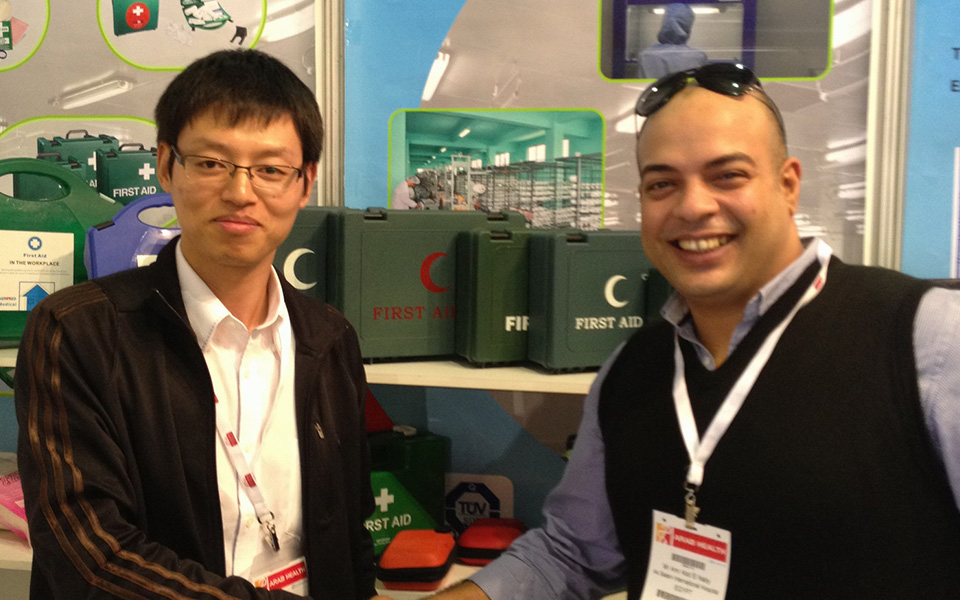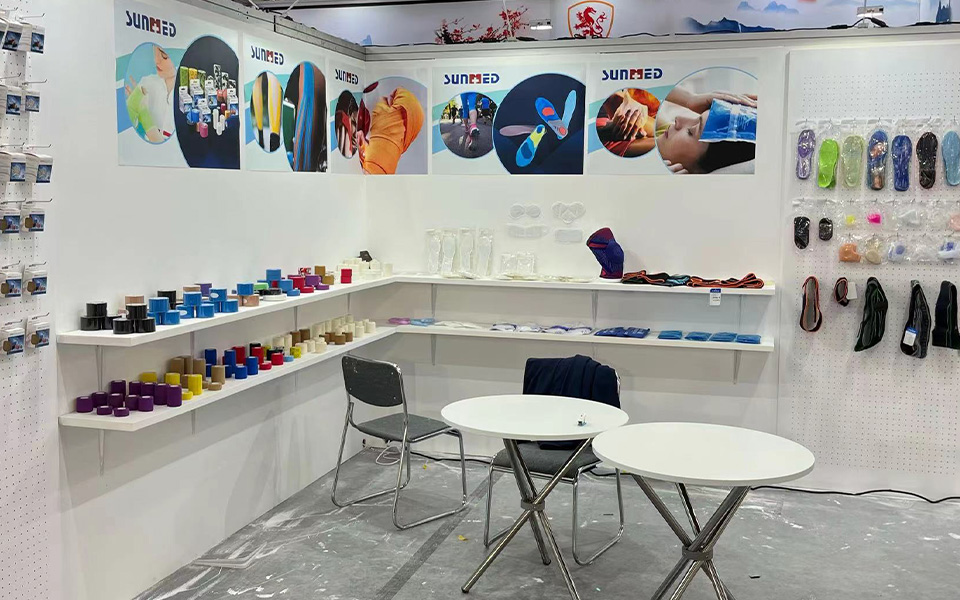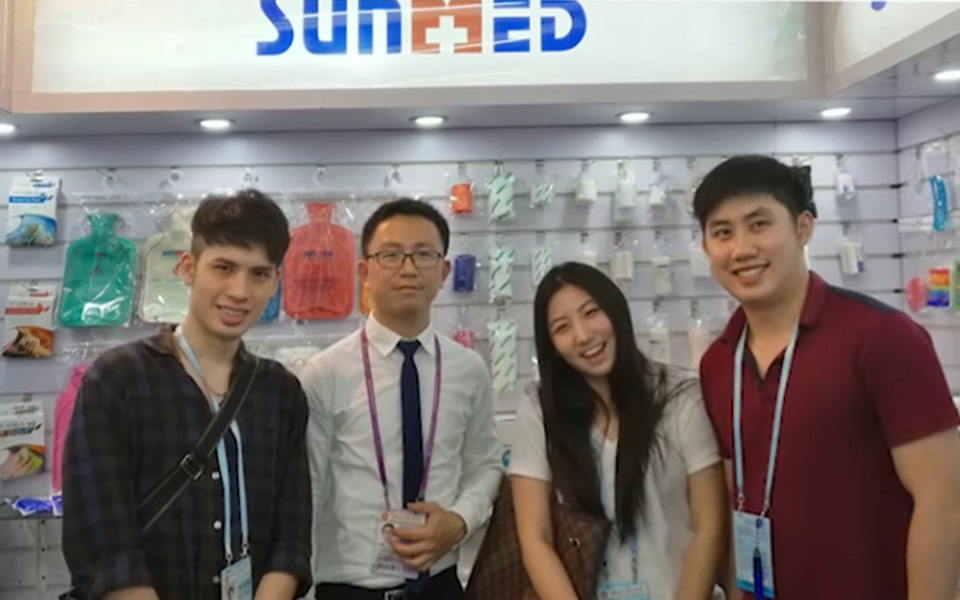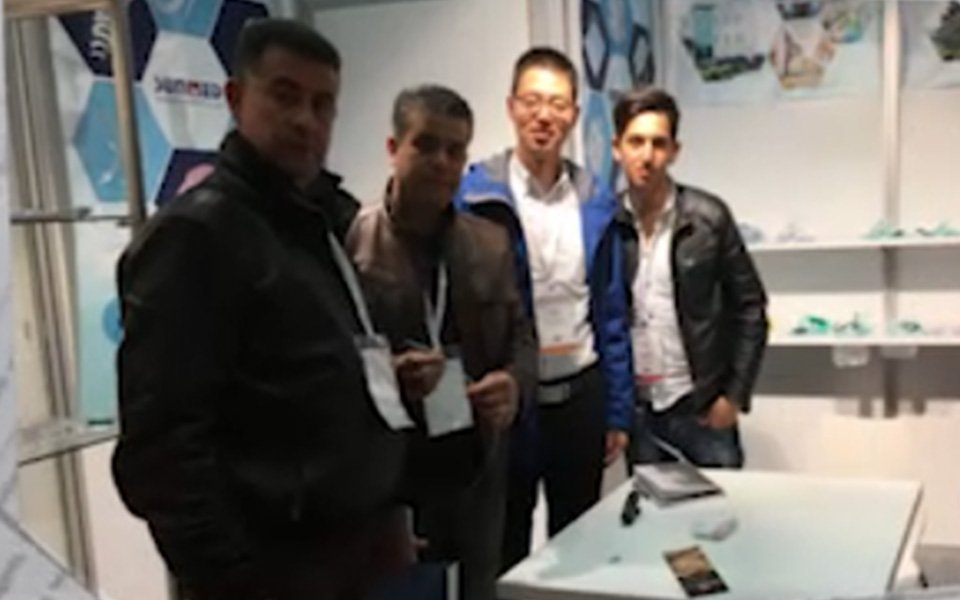What are the latest advancements or innovations in wound care products and technologies?
The field of
wound care is continually evolving, with ongoing advancements and innovations aimed at improving treatment outcomes, patient comfort, and healing efficiency. Some of the latest advancements and innovations in wound care products and technologies include:
Bioactive Dressings: Bioactive dressings contain substances such as growth factors, enzymes, or antimicrobial agents that promote wound healing by stimulating cell proliferation, angiogenesis, and tissue regeneration. These dressings can help accelerate wound closure and reduce the risk of infection.
Smart Dressings: Smart dressings incorporate sensors or indicators that monitor wound parameters such as pH, temperature, moisture levels, and bacterial load. These dressings provide real-time feedback on wound status, allowing healthcare providers to make informed treatment decisions and optimize healing outcomes.
3D Printing: 3D printing technology enables the customization of wound dressings and skin substitutes to match the shape, size, and contours of individual wounds. This personalized approach improves dressing adherence, comfort, and effectiveness, particularly for irregularly shaped or challenging wounds.
Nanotechnology: Nanomaterials and nanoparticles are being used to develop novel wound dressings with enhanced antimicrobial properties, controlled drug release capabilities, and improved tissue integration. Nanotechnology-based dressings offer targeted therapy and minimize adverse effects on healthy tissue.
Negative Pressure Wound Therapy (NPWT): Advances in NPWT systems have led to the development of smaller, lighter, and more portable devices that provide continuous or intermittent negative pressure to promote wound healing. NPWT promotes wound contraction, removes excess exudate, and enhances tissue perfusion.
Bioengineered Skin Substitutes: Bioengineered skin substitutes, including cellular and acellular matrices, offer alternatives to traditional skin grafts for the treatment of complex wounds. These products provide a scaffold for cellular ingrowth, support tissue regeneration, and improve wound closure rates.
Hydrogel Dressings: Hydrogel dressings are being formulated with advanced materials and additives to improve moisture retention, enhance biocompatibility, and promote autolytic debridement. These dressings create a moist wound environment conducive to healing and minimize pain during dressing changes.
Electrically Conductive Dressings: Electrically conductive dressings incorporate conductive materials such as silver, graphene, or carbon nanotubes to deliver localized electrical stimulation to wounds. Electrical stimulation promotes cell migration, collagen synthesis, and angiogenesis, accelerating wound healing processes.
Biodegradable Dressings: Biodegradable dressings are designed to gradually degrade and be absorbed by the body over time, eliminating the need for dressing removal and reducing the risk of trauma to newly formed tissue. These dressings support natural wound healing processes and minimize scarring.
What are the best practices for wound cleansing, debridement, and infection control?
Best practices for
wound care, debridement, and infection control are essential for promoting optimal wound healing and preventing complications. Here are some key guidelines:
Wound Cleansing:
Use a gentle, non-toxic cleanser such as saline solution or mild soap and water to irrigate and cleanse the wound.
Avoid using harsh antiseptics or solutions that may damage healthy tissue or inhibit wound healing.
Irrigate the wound with steady, gentle pressure to remove debris, bacteria, and exudate.
Use a sterile gauze or a clean, lint-free cloth to gently pat the wound dry after cleansing.
Avoid wiping or rubbing the wound, as this may cause trauma and disrupt fragile tissue.
Debridement:
Debridement is the process of removing non-viable tissue, foreign material, and debris from the wound to promote healing.
Select the appropriate debridement method based on wound characteristics, including depth, extent of necrosis, and presence of infection.
Sharp debridement involves using surgical instruments such as scalpels or scissors to excise necrotic tissue and foreign bodies from the wound bed.
Mechanical debridement uses dressings or irrigation to physically remove dead tissue and debris from the wound surface.
Enzymatic debridement involves applying topical enzymes to break down necrotic tissue and facilitate its removal.
Autolytic debridement utilizes the body's natural processes to soften and liquefy necrotic tissue, often achieved with occlusive dressings or hydrogels.
Maintain aseptic technique during debridement to minimize the risk of introducing pathogens and causing infection.

 English
English Español
Español русский
русский Français
Français Deutsch
Deutsch

